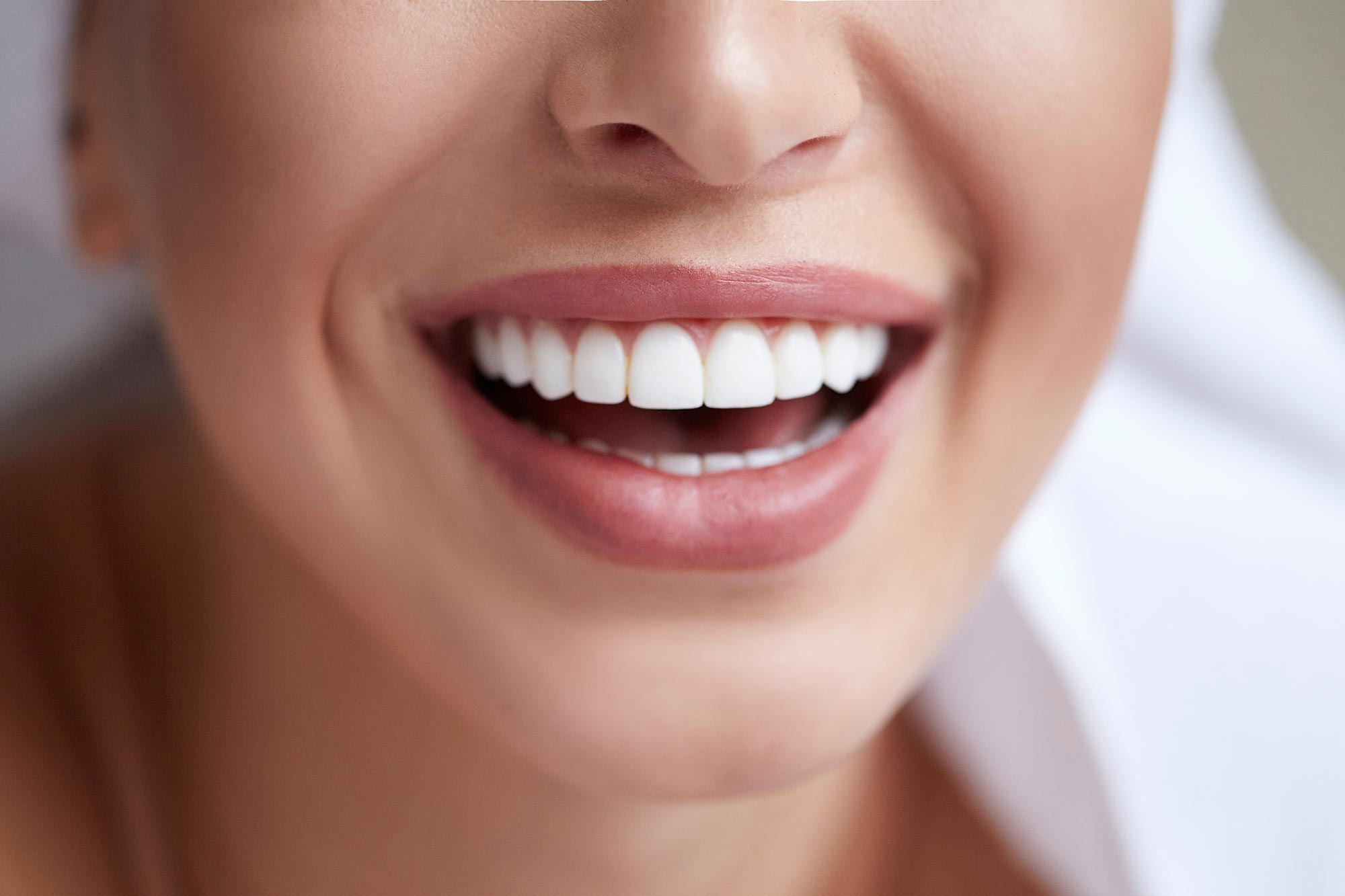Stained teeth may occur as we age, but certain popular foods, drinks, and even mouthwashes may stain teeth. Do-it-yourself treatments can help whiten teeth and stop further discoloration by avoiding substances that stain teeth, and using those secrets to return that bright smile to whiter teeth.
You can get rid of the superficial stains. A range of products for at-home teeth whitening - packets, strings, toothpaste, and rinses - that lighten the stains.
You might also seek out those old-fashioned remedies. Here are some of the tips we can share with you to make your teeth whiter at home! Read on to learn more.

Use Baking Soda & Hydrogen Peroxide
The use of a paste made of baking soda and hydrogen peroxide prevents plaque buildup and bacteria from getting rid of stains.
To make a paste blend, use 1 tablespoon of baking soda with 2 tablespoons of hydrogen peroxide. After brushing with this paste, rinse your mouth thoroughly with water.
The same combination of ingredients can also be used to produce a mouthwash. Alternatively, you can try using water to baking soda.
The baking soda and hydrogen peroxide can be bought online. A study in 2012 proved that people who used a baking soda and peroxide toothpaste got rid of teeth stains and whitened their teeth. After 6 weeks, they had made significant progress.
Do Coconut Pulling
Coconut pulling is said to extract plaque and bacteria from the mouth, which helps whiten teeth. Always search for a high-quality, organic oil that you can buy online, that contains no toxic products.
For 10 to 30 minutes, swish 1 to 2 teaspoons of liquid coconut oil in your mouth. Do not swallow the oil because it contains bacteria and toxins from your mouth.
Spit it into the toilet or a bucket of waste paper as drains may be clogged. Rinse your mouth with water and drink a full glass of water afterward. Then get your teeth cleaned. There are no clear studies that confirm the effect of oil pulling on teeth whitening.
Avoid Smoking
Smoking is not only unpleasant for your wellbeing, but one of the worst criminals when it comes to staining teeth. Tobacco causes brown stains that penetrate the enamel grooves and tooth pits.
Tobacco stains can be difficult to remove by merely rubbing. The more you smoke, the more stains are ingrained. Smoking also results in poor breathing, gingivitis (gum disease), which raises the risk of most cancer forms.
Use Fruit Peels
Many say cleaning your teeth with lemon, orange, or banana peels will make them whiter. The compound d-limonene and/or citric acid present in some citrus fruit peels are believed to help blanch the teeth.
Rub the fruit peels gently over your teeth for about 2 minutes. Make sure you clean your mouth thoroughly and then brush your teeth afterward. There is a lack of scientific research showing the efficacy of using fruit peels to make teeth whiter.
When using this technique, be cautious because it is acidic to fruit. The acid could erode your enamel and wear it away. If you find your teeth are more sensitive, please stop using this process.
Use Activated Charcoal

The activated charcoal can be used to remove stains from your teeth. Charcoal is believed to be able to extract pigments and stains from your teeth because it is highly absorbent. Bacteria and toxins in the mouth, too, are said to be removed.
The toothpaste contains activated charcoal to whiten teeth. You can buy the activated charcoal online for teeth whitening. Open an activated charcoal bottle, and put the contents on your toothbrush.
Clean your teeth gently for 2 minutes, using tiny circles. In the region around your gums, be particularly vigilant as this can be abrasive. Then just spit it out.
Conclusion
Maintenance is key. One basic technique to help keep your teeth white: brush. Brush them at least twice a day. Even better, clean every meal and snack after.
Brushing helps avoid yellow teeth and stains, particularly at the gum line. Both electric and sonic toothbrushes in removing plaque and surface stains on teeth may be superior to conventional toothbrushes. Don't forget to use the floss and a regular antiseptic mouthwash.




